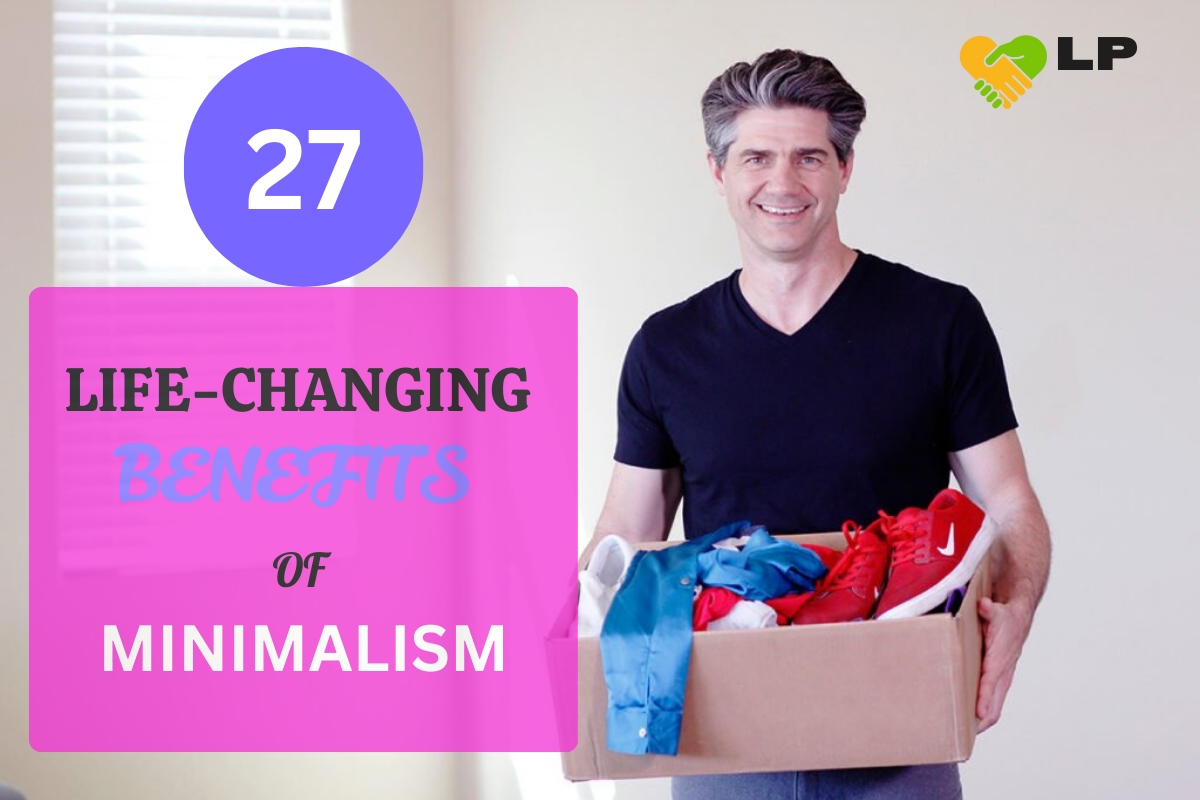Composting is more than just tossing vegetable peels and coffee grounds into a bin. It’s a transformative practice that turns everyday waste into nutrient-rich soil, benefiting our gardens and the environment.
In 2025, cities worldwide are embracing composting more than ever. For instance, New York City residents, as per New York Daily News, composted over 5.24 million pounds of organic waste in a single week this April, marking a 500% increase from the previous year . This surge highlights a growing awareness of sustainable waste management.
But did you know that beyond the usual suspects, there are numerous surprising items that can be composted? Let’s explore 15 of them, followed by five that should stay out of your compost pile.
15 Items You Probably Didn’t Know You Can Compost
Here are 15 items you probably didn’t know it was possible to compost them:
1. Used Paper Towels and Napkins
Used paper towels and napkins, when free from synthetic additives and not soaked in chemicals or oils, are compostable. They’re made from natural fibers, which break down easily in compost.
However, avoid composting those contaminated with cleaning products or grease. Given that an average American uses 145 rolls of paper towels annually, equivalent to over two trees’ worth of wood pulp, composting these items can significantly reduce waste.
2. Coffee Filters and Tea Bags
Unbleached coffee filters and tea bags made from natural fibers are compostable. Be cautious with tea bags, as some contain synthetic materials. It’s best to tear them open and compost the leaves, discarding the bag if unsure.
Notably, some tea bags can release up to 11 billion microplastic particles into your cup, highlighting the importance of choosing plastic-free options .
3. Hair and Pet Fur
Human hair and pet fur are rich in nitrogen, making them excellent compost materials. They decompose slowly, so it’s advisable to mix them well into the compost pile to speed up the process.
In fact, a study conducted found that compost piles containing 25% human hair or pet fur, combined with wood chips and food waste, produced high-quality compost suitable for plant growth .
4. 100% Cotton and Wool Scraps
Natural fabric scraps, like cotton and wool, can be composted. Ensure they’re free from synthetic blends and dyes. Cut them into smaller pieces to facilitate faster decomposition.
Composting these materials supports sustainable waste management in the textile industry, reducing landfill waste and promoting a circular economy .
5. Nail Clippings
Surprisingly, human nail clippings are compostable. They’re composed of keratin, a natural protein. Just ensure they’re free from nail polish or other chemical treatments. Composting nail clippings adds slow-release nitrogen to the soil, benefiting plant growth.
6. Old Spices and Herbs
Expired spices and dried herbs can be added to your compost. They might have lost their flavor but still contribute organic matter to the compost pile. Herbs like basil, oregano, and thyme decompose efficiently, enriching your compost with essential nutrients .
7. Cardboard Egg Cartons
These cartons are made from recycled paper and are compostable. Tear them into smaller pieces to help them break down more quickly. With the egg carton and trays market projected to grow from USD 3.1 billion in 2024 to USD 4.8 billion by 2030, composting these items can significantly reduce packaging waste .
8. Uncoated Paper Plates
Plain, uncoated paper plates without food residue can be composted. Avoid those with plastic coatings or heavy grease stains. The global disposable plates market is expected to grow from USD 5.9 billion in 2025 to USD 10.7 billion by 2034, emphasizing the importance of composting to manage this increasing waste .
9. Toothpicks and Wooden Skewers
Made from untreated wood, these items can be composted. Break them into smaller pieces to speed up decomposition. Composting wooden toothpicks reduces waste and enriches your compost with organic material .
10. Wine Corks
Natural corks, derived from cork oak trees, are compostable. Synthetic corks, however, should be discarded in the trash. Also, before you compost the corks, clean them to remove any wine residue and chop them into smaller pieces to speed up decomposition .
11. Dust from Vacuum Bags
If your vacuum collects primarily organic materials like hair and dirt, the dust can be composted. Avoid if it contains synthetic fibers or harmful substances. Stick to natural debris for a healthier composting community .
12. Dead Houseplants and Cut Flowers
Old plants and flowers can be composted, provided they’re free from diseases or pests. Remove any plastic ties or decorations before composting. Infected plants may be composted, as viruses are unlikely to survive the composting process .
13. Shredded Newspaper
Black-and-white newspaper pages, shredded into small pieces, are excellent for composting. They add carbon to the compost mix. Newspapers, primarily printed with soy-based inks, are safe to compost and can also be used in the garden to suppress weeds .
14. Pencil Shavings
Shavings from wooden pencils can be composted. Ensure they don’t contain synthetic materials or paints. The natural wood and graphite in shavings break down efficiently, enriching your compost and improving soil structure .
15. Brown Paper Bags
Tear brown paper bags into small pieces and add them to your compost. They’re a good source of carbon. Compostable paper bags offer a sustainable solution to the plastic waste problem, decomposing entirely in compost heaps and minimizing environmental footprints.
5 Things You Shouldn’t Compost
1. Meat and Dairy Products
These items can attract pests and produce unpleasant odors as they decompose. It’s best to avoid composting them in home compost systems.
2. Glossy or Coated Paper
Paper with glossy finishes or plastic coatings doesn’t break down easily and can introduce harmful chemicals into your compost.
3. Pet Waste (Dog or Cat Feces)
Pet waste can contain harmful pathogens and should not be composted, especially if the compost will be used on edible plants.
4. Synthetic Fabrics or Dryer Lint with Synthetics
Synthetic materials don’t decompose and can contaminate your compost. Be cautious with dryer lint, as it often contains synthetic fibers.
5. Oily or Greasy Foods
Fats and oils can slow down the composting process and attract unwanted pests. It’s best to keep greasy foods out of your compost pile.
Tips for Better Composting
- Balance Green and Brown Materials: Aim for a mix of nitrogen-rich “greens” (like vegetable scraps) and carbon-rich “browns” (like dry leaves).
- Maintain Moisture: Your compost pile should be as damp as a wrung-out sponge.
- Turn Regularly: Aerate your compost by turning it every few weeks to speed up decomposition.
- Chop Large Items: Breaking down larger items helps them decompose faster.
FAQ Section
Q: Can I compost moldy food?
A: Yes, moldy fruits and vegetables are safe to compost. Mold is a natural part of decomposition.
Q: How do I know if a paper product is compostable?
A: Generally, uncoated, non-glossy paper products without synthetic additives are compostable.
Q: What about compostable packaging?
A: Some packaging labeled as compostable requires industrial composting facilities. Check if your local composting program accepts them.
Q: Can I compost citrus peels and onion skins?
A: Yes, but in moderation. Their strong acidity can affect compost balance if added in large quantities.
Q: Is composting safe in small apartments?
A: Absolutely! Consider using a worm bin or a compact composting system designed for indoor use.
Conclusion
Composting isn’t just about tossing banana peels into a bin. It’s about rethinking what we throw away and realizing how much of it could actually help the planet instead of harming it. From nail clippings to tea bags, there’s a surprising world of waste that doesn’t belong in the trash.
The truth is, every item you compost keeps methane out of the atmosphere, reduces landfill pressure, and nourishes the earth. It’s one small act that multiplies in impact. And the best part? You don’t have to be perfect. You just have to start.
Whether you’re composting in a backyard pile, using a countertop bin, or experimenting with a worm farm in your apartment, the key is to stay curious. Look at your waste and ask, “Could this feed the soil instead?” You’ll be surprised how often the answer is yes.
So let this list inspire you. Try composting one new item this week. Then another. And another. Before long, composting becomes second nature and your trash can stays a little emptier, your soil a little richer, and your planet a little healthier.




One thought on “15 Surprising Items You Can Compost (And 5 You Shouldn’t)”